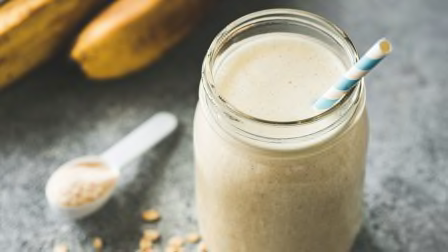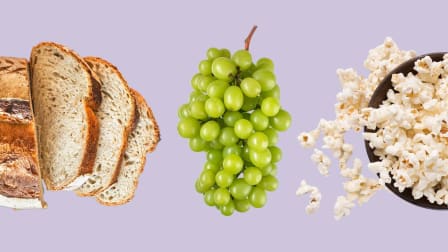7 Ways to Cook Healthier Meals
Easy tips that help preserve nutrients and keep your food safe

Thirty-four percent of grocery shoppers say they’re cooking more now than they did before the pandemic, according to a nationally representative CR survey of more than 2,000 Americans. And doing so may be helping their health. Studies have shown that people who eat home-cooked meals are more likely to consume less sugar, eat more fruits and vegetables, and be at a healthy weight.
But it’s possible to take a food that’s good for you and turn it into something that’s less so, so the way you prepare food is as important as what you eat. These tweaks will help you make sure your meals are as healthy as they can be.
1. Use Low- or Full-Fat Dressing on Your Salad Instead of Nonfat
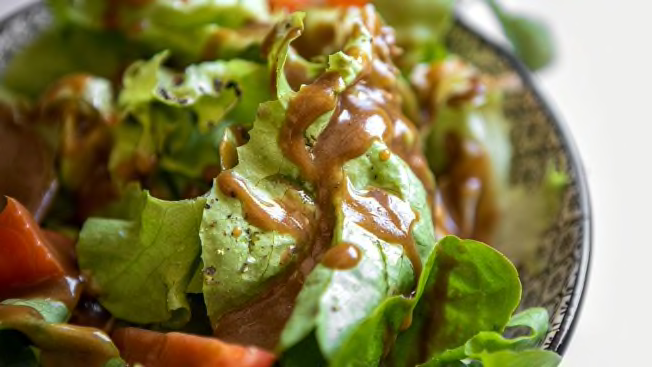
Nicolas Garrat Nicolas Garrat
Our bodies need fat to absorb many of the antioxidants found in salad veggies, such as vision-protecting carotenoids, lutein, and zeaxanthin. In an Iowa State University study, when people ate a salad topped with nonfat dressing, they absorbed hardly any carotenoids. But when they ate a salad with low- or full-fat dressing on different days, they got substantially more.
2. Buy Olive Oil in Smaller Containers

iStock-1176621009 iStock-1176621009
If you cook for only one or two, the good deal you get on 2- or 3-liter bottles of Kirkland Signature or Member’s Mark olive oil might not be such a steal after all. Over time, oil is subject to oxidation, which contributes to off-flavors and diminishes nutritional quality. “There’s research that shows oxidized fats are related to neurodegenerative diseases such as Alzheimer’s,” says Selina Wang, PhD, a food science researcher at the University of California, Davis.
The longer you store olive oil, the more likely oxidation will occur. And a large bottle is more prone to it than a smaller one because of more exposure to air at the top of the bottle. Instead, buy only the amount you can use within a few months—and resist the urge to store it in arm’s reach of the stove. “Heat accelerates oxidation,” Wang says. Your best bet is to choose packaging that blocks light and air, such as dark glass or tin. Store in a cool, dark cabinet. Wang says to toss it if it smells “like Play-Doh or oil paint,” which indicates that it has gone rancid.
3. Round Out Meals With Minimally Processed Packaged Foods
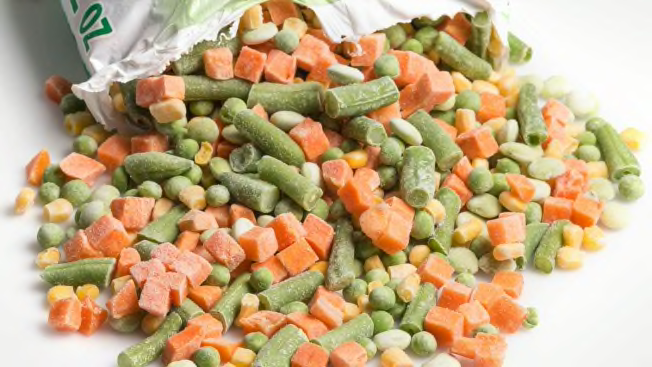
iStock-475470981 iStock-475470981
Nutritionists often advise “shopping the perimeter” because that’s where fresh items such as produce, dairy, and lean meats are. There’s nothing wrong with doing so to avoid ultraprocessed foods—those that include ingredients you’d never cook with in your kitchen, such as colorings, anti-caking agents, and emulsifiers. Studies have linked ultraprocessed foods to cardiovascular disease and weight gain. But some packaged foods are nutritious and make it easier to throw together a balanced meal.
Stock up on shelf-stable items, such as cans of beans, canned fish like tuna, and jarred diced tomatoes. Frozen fruits and veggies, such as berries and broccoli, are also handy and just as nutritious as fresh versions. “They are ready when you are, and you don’t have to worry about spoilage,” says Marisa Moore, RDN, a dietitian in Atlanta. Having a supply of these foods can also help you cut down on the number of shopping trips you need to make.
4. Don't Rinse Meat or Fish Before Cooking
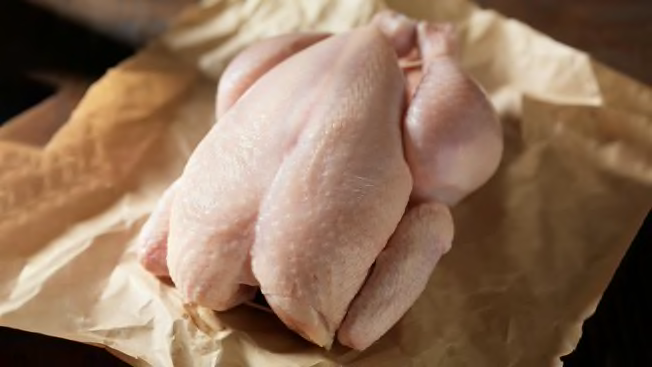
iStock-183340231 iStock-183340231
A survey report published in the Journal of Food Protection found that 70 percent of people wash chicken before cooking it. This habit is not just unnecessary but also risky. “If you wash meat or poultry, some bacteria can be splashed on the surfaces of your kitchen,” says Meredith Carothers, MPH, a food safety expert at the Department of Agriculture. That can contaminate nearby utensils or dishes, which, if they come into contact with your food, can cause foodborne illness.
A better strategy for ensuring safety is cooking meat to the right internal temperature. Use a meat thermometer. “It is the only sure way of knowing if your food has reached a high enough temperature to destroy foodborne illness-causing bacteria,” Carothers says. Beef, pork, lamb, veal, and fish should be cooked to 145° F (ground meat to 160° F). Poultry should be cooked to 165° F.
5. Defrost Meat Before Putting It in a Slow Cooker
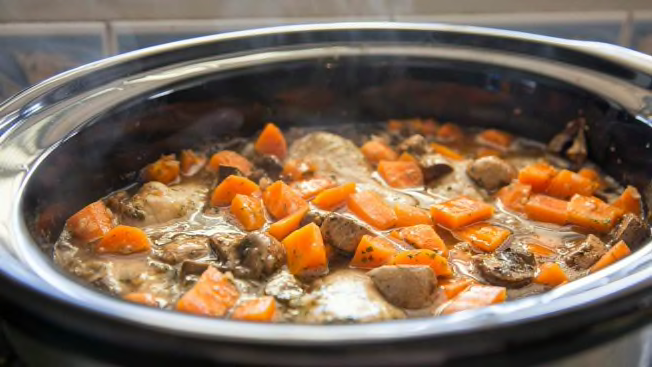
iStock-1163466463 iStock-1163466463
If you’re one of the people cozying up to this classic countertop appliance, you probably love it for its convenience. While moving meat from the freezer to the slow cooker may make meal prep seem even easier, it’s not safe, according to the USDA.
These appliances cook food at a low temperature for several hours. Fresh or defrosted meat will reach a safe temperature quickly enough to prevent bacterial growth. But frozen meat will sit too long in what’s called the “danger zone”—between 40° F and 140° F—where bacteria grow rapidly. The safer option is to thaw meat thoroughly in the fridge first.
6. Always Measure

iStock-503488944 iStock-503488944
Don’t just estimate amounts of ingredients—use measuring tools or a food scale. “Cooking is like chemistry,” Arévalo says. Using too much or too little of an ingredient will alter the outcome of your dish as well as its nutrition. A heavy-handed pouring of oil could take you from stir-frying to deep frying. Steaming veggies in too much water? You’re now boiling your green beans, which can deplete nutrients.
7. Add Salt Only at the Table
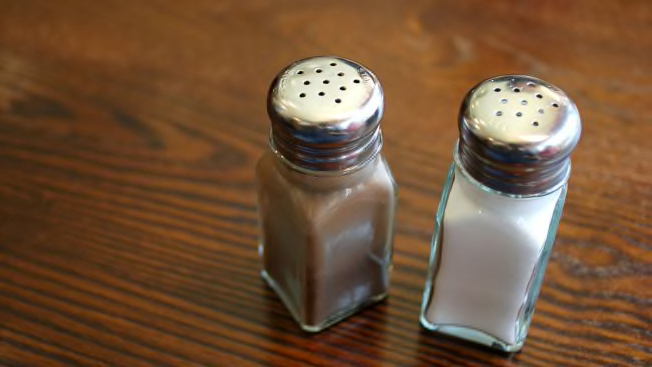
iStock-95762428 iStock-95762428
The Dietary Guidelines for Americans recommends a daily sodium limit of 2,300 mg. That’s about what’s in 1 teaspoon of salt—in other words, not a whole lot. Rather than adding a dash here and a pinch there as you cook, build flavor with herbs, spices, and other seasonings, such as lime juice and vinegar. “I always recommend people only add salt to food at the table,” Arévalo says. And by using other ingredients that impart acidity and flavor, you may find that you don’t need salt at all.
Editor’s Note: This article also appeared in the January 2021 issue of Consumer Reports On Health.


















